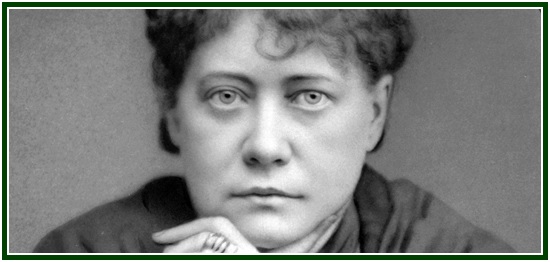
How to Study Classical Books of Theosophy
John Garrigues

00000000000000000000000000000000000
Editorial Note:
“Between the Lines” was first published
at “Theosophy” magazine, August 1928
edition, p. 468. It had no indication as to
the name of the author. A 2012 analysis of
its contents and style indicated it was written
by J. Garrigues. It is reproduced from “The
Aquarian Theosophist”, April 2012 edition.
(CCA)
0000000000000000000000000000000000000000000000000
Although the theosophical teachings are recorded in plain English, there is much in them that will escape the notice of the casual reader. This is not altogether due to the paucity of the language nor to the mental equipment of the student. That there are various keys to the understanding of any problem has been mentioned by H. P. Blavatsky.
In the fuller exposition of facts set forth, H. P. B. and Mr. Judge sometimes give examples of the use of various keys and in so doing demonstrate their own full knowledge of these keys and the possibility of the acquirement of like knowledge by students. In Judge’s introduction to the Bhagavad-Gita we find, “The poem can be read in many different ways, each depending on the view-point taken, e.g., whether it is considered in its application to the individual, or to cosmogenesis, or to the evolution of the Astral World, or the Hierarchies in Nature, or to the moral nature, and so on.”
That Judge was able to approach the Gita from any of these view-points is shown by his explanations (Notes on the Bhagavad-Gita). In the reading of the poem he could see himself in the speaker as in the one spoken to, could survey the battlefield and its portents from the eyes of Krishna as well as from the eyes of Arjuna, and from the view-points of the spectators and contenders could learn the lesson intended for each, could even combine the features typified by Krishna and Arjuna into one individual and draw our likeness thereby.
The art of reading between the lines was in earlier periods expressed by symbology, but the gradual materialization of all concepts has either altered the significance of the symbols or robbed them of all meaning. Our Teachers, however, could read and interpret the ancient symbols and show us what the symbols concealed from the profane and revealed to the initiates.
As Judge indicates, much depends on the view-point. If one reads the theosophical teachings with the eyes of an enemy he will entirely miss the secrets imparted to students whose minds are open. Some of the least voluminous of theosophical text-books contain much more wisdom than could possibly be bound within the covers of any book, as such. It is not as books that theosophical teachings should be read.
In the study and practice of theosophy one’s view-point changes frequently, the symbols give various meanings, and the solution of the formula appears more reasonable and more to be hoped for. Can study of the teachings make us adepts? Well, let us read between the lines, try all the keys, and abide the results.
000
In September 2016, after a careful analysis of the state of the esoteric movement worldwide, a group of students decided to form the Independent Lodge of Theosophists, whose priorities include the building of a better future in the different dimensions of life.
000
E-Theosophy e-group offers a regular study of the classic, intercultural theosophy taught by Helena P. Blavatsky (photo).

Those who want to join E-Theosophy e-group at YahooGroups can do that by visiting https://groups.yahoo.com/neo/groups/E-Theosophy/info.
000